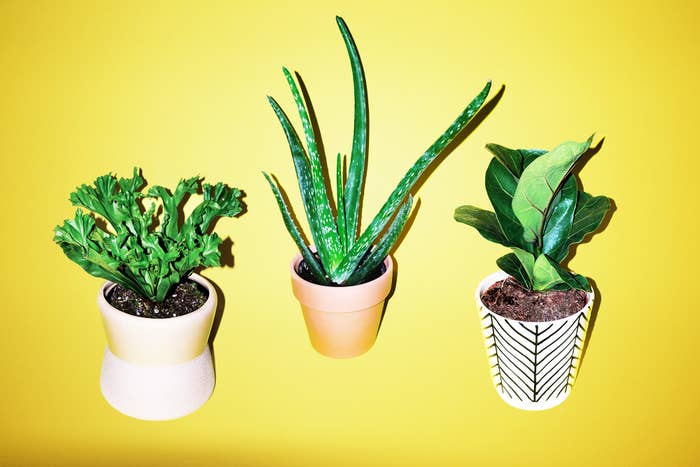
BuzzFeed may collect a share of sales or other compensation from the links on this page if you decide to shop from them. All products were independently selected by our editors, and the prices were accurate and items in stock at the time of publication.
Plants, like many other things, are subject to trends. Terrariums had their moment a few years ago, and if you grew up in the ’90s, there may have been a weeping fig or Christmas cactus around the house. However, it's unlikely you’ll find either of those inside a millennial or Gen Z home today.
It’s not that weeping figs stopped being good houseplants, they just don’t necessarily fit the current Instagrammable plant aesthetic. And we all know that many people will often make choices, whether good or bad, simply for the ’gram.
People are into houseplants for a variety of reasons — social media clout, a new hobby born out of lockdown boredom, or a desire to improve air quality or care for something that's low stakes compared with a pet or a person.
Stephanie Szankay of Brooklyn plant shop Pollyn thinks it may be due to an urge to reconnect with nature given our increasingly digital lives. Maybe it’s all of the above.
How to choose the right houseplant
When it comes to choosing the right houseplant, it’s important to take into account how much time you'll be able to devote to that plant. “Do you travel a lot? Can your plant go two weeks without water? That would be something to consider for sure,” Szankay said.
Other important factors include size or space limitations and the amount of light you have to work with. Luckily, there are many plants that survive and even thrive in indoor environments with varying levels of light and water. Since they really do perk up any home, they also make great housewarming or holiday gifts for the plant lover in your life.
Even if you have no experience caring for a plant or you’re worried the recipient of one may struggle to keep it alive, you can find something green that’ll work. Here are some easy-to-care-for indoor plant options.
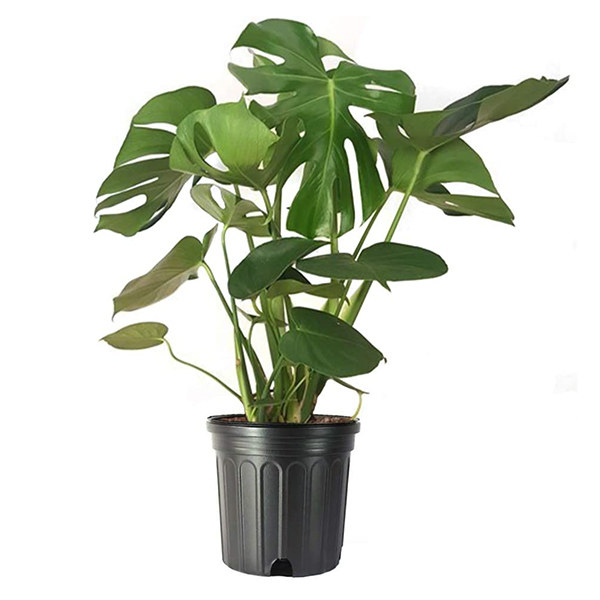
“My favorite go-to would have to be Monsteras,” Szankay said when asked about her low-maintenance house plant recommendations. “They can take a lot in terms of neglect. They’re also vigorous growers. They can go pretty low light and also dry out substantially between waterings and be totally fine.”
There are many species in the Monstera family, the most common probably being the Monstera deliciosa. You may also have heard it referred to as a swiss cheese plant thanks to the natural leaf holes, which are technically known as fenestrations. The holes are part of what makes them look so cool and unique, and given that these plants are difficult to kill, they’re a great way to start your indoor plant family. Young plants tend to have heart-shaped leaves that start to split at 2 to 3 years of age and under the right conditions (typically bright light). If you’re impatient and want more leaves with holes sooner, opt for a smaller variety called Monstera adansonii.
Promising review: “Very unique plant added to my indoor collection. Arrived in good condition, though in desperate need of water. Has bounced back and doing nicely in some fresh potting soil and pot. Placed it in partial sun, morning sun only. Pleased with my purchase.” —Gaile
You can buy a live Monstera deliciosa from Amazon for $34 or a Monstera adansonii swiss cheese plant for around $20.
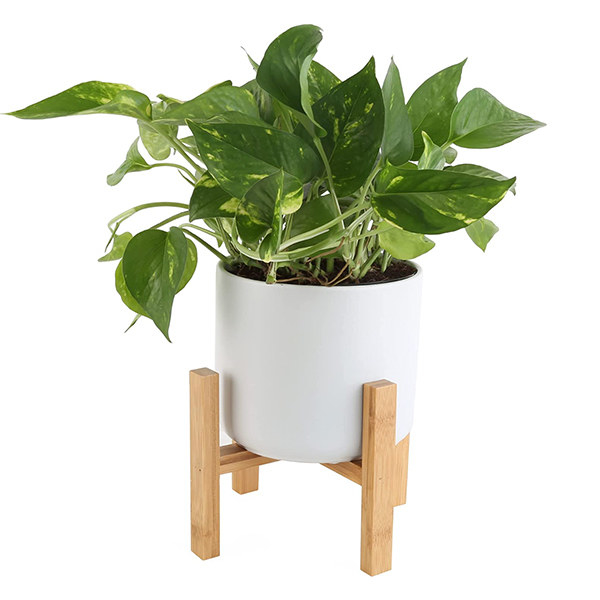
My most successful plant by far is a pothos, which I just learned is also known as devil’s ivy. I have never done less to keep a plant alive, and it won’t stop growing. It’s at a point where I need to find a higher place to put it because the leaves are dragging on the ground.
I think the reason I find the pothos so easy to care for is that it tells me what it needs. I can see immediately when the leaves look sad and thirsty, and watch them perk up again shortly after I give her a drink. It’s very satisfying, and I also feel more connected to her because we’re both emotional.
Promising review: “This plant was a lovely gift for someone who is trying to "greenify" an urban apartment.” —remainnameless
You can buy a devil's ivy golden pothos from Amazon for around $27.
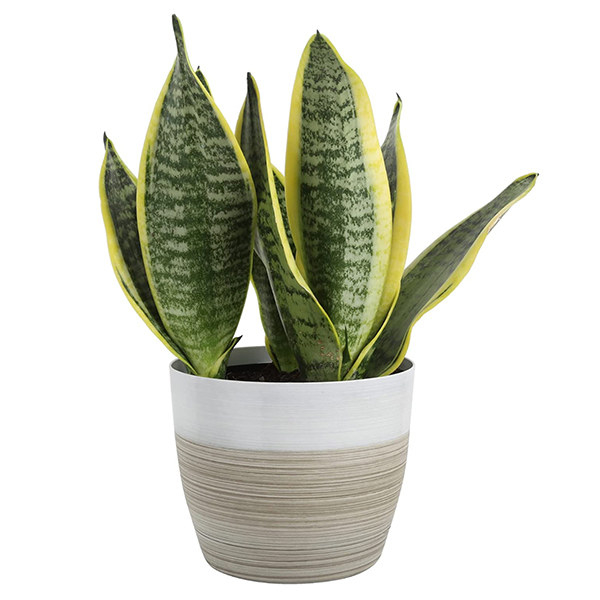
Another one of Szankay’s go-tos is the snake plant, which I think is everyone’s go-to if you’re looking for the lowest-maintenance plant possible. They’re a classic houseplant that almost anyone can keep alive. Seriously. They do well in bright light or low-light conditions, and they’re drought resistant — in fact, they’re nearly indestructible unless you overwater them.
Promising review: “My wife is notorious for killing houseplants. This wonderful little guy is a trooper and is doing wonderfully. Packaging was well done, style is fine, though the pot is cheap plastic which they conveniently forget to mention. I recommend just getting the plant and a clay terracotta pot to put this in so it can grow and grow until the pot cracks and then you can replant in a bigger pot, Snake Plant doesn't like to be repotted so waiting for the clay to crack is best.” —Zach S.
You can buy a snake plant from Amazon for around $23.
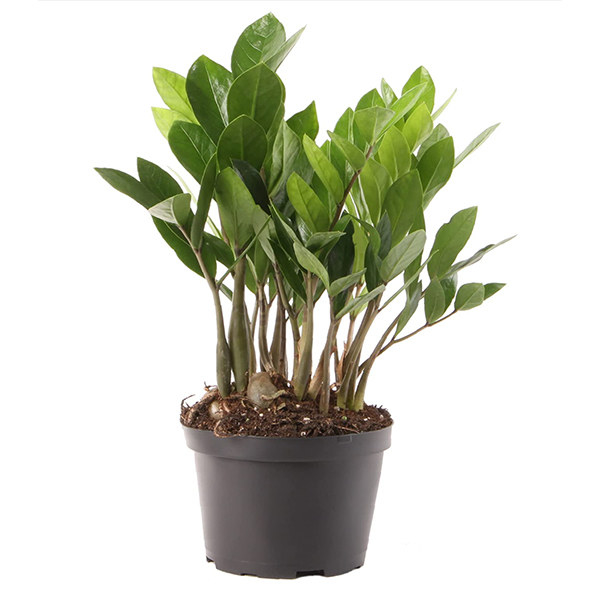
“What I like about the ZZ plant is that they are pretty prehistoric,” Szankay said. “They've been around for quite some time, so you know that it can take quite a bit of neglect and still thrive.”
That being said, she added that Zamioculcas zamiifolia plants do need a little bit of light even if it's minimal, but otherwise these don’t require a whole lot in terms of care.
Promising review: “I am so bad with plants — this one is so easy (so far)! In fact, I bought another one! Also, came well packaged.” —MammaMia!
You can buy a Costa Farms ZZ plant from Amazon for around $17.
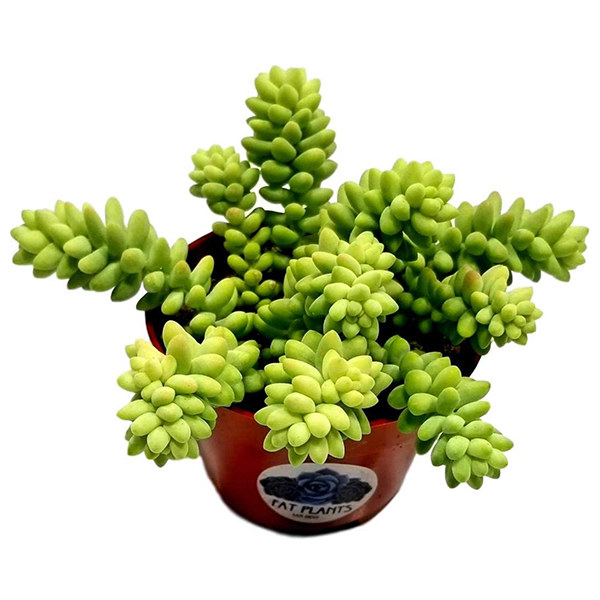
If you have a decent amount of light, Szankay said you can’t go wrong with a succulent or cactus. They actually thrive on neglect, so if you're a forgetful waterer or looking for something that just needs maintenance once a month, they’re the perfect houseplant.
This succulent commonly known as donkey tail or burro’s tail is a unique member of the succulent family with a vibrant green color. Technically called Sedum morganianum, it’s resilient and can grow up to 3 feet long. It can become a trailing plant, and may even bloom, producing small pink-to-red flowers.
Promising review: “Plant arrived in good shape. Looks like it will grow easily. I wouldn’t hesitate to give as a gift.” —Kitty Kinard
You can buy a donkey’s tail succulent from Amazon for around $15.
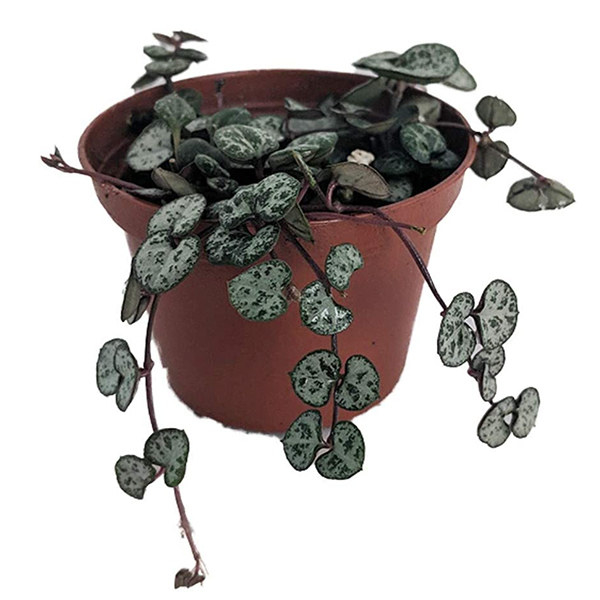
Trailing plants tend to create a particularly cool aesthetic in your home, especially if you hang them from the ceiling or perch them on a higher surface. The string of hearts, or Ceropegia woodii, is an easy-to-grow indoor trailing plant with marbled, heart-shaped leaves.
Aside from needing some bright light, they can withstand a good amount of neglect and bounce back with a single watering. This one may start small, but it’ll be super satisfying to watch it grow up to 4 feet long.
Promising review: “Seemed a little small when I first got it but it’s been growing fast ever since! What a great little plant for such a good price :)” —Nova
You can buy a string of hearts from Amazon for around $12.

I appreciate versatility, so I’m a huge fan of this aloe plant, also known as Aloe humilis. This succulent is drought resistant, super easy to grow indoors, and great for air purification. You can also pop it outside on a porch or terrace in the summer if you want it to bloom amazingly colorful little flowers, or crack it open to get at the gel-like substance to soothe a sunburn in a natural and affordable way.
Promising review: “Pot is full of happy plump aloe plants. They faired shipping much better than some I've ordered. Most importantly, no bugs or disease. Very happy with my purchase.” —Lady Doghaven
You can buy a hedgehog aloe plant from Amazon for around $28.
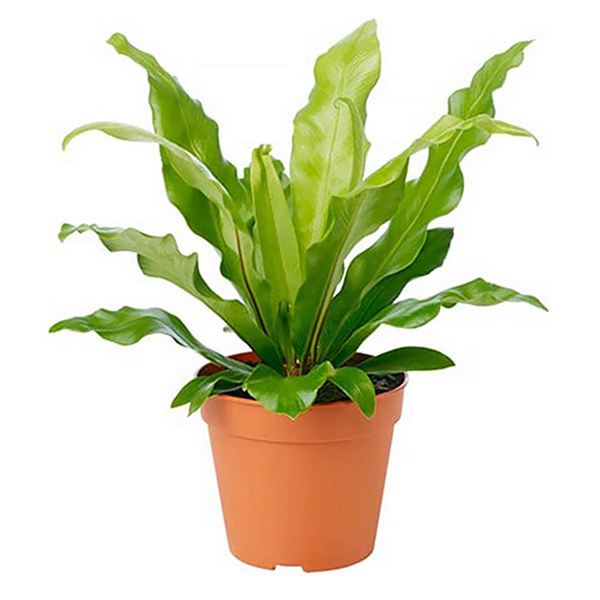
I got one of these from someone on Facebook Marketplace and called it my crinkly fern because of the texture of the leaves and because I didn’t know the official name, but now I do! I really love the look of the bird’s-nest fern, or Asplenium nidus, and it can thrive in low-light areas of my apartment. Who couldn’t use some plant life to liven up those darker corners?
Promising review: “The Birds Nest Fern is easy to grow, looks great, and is safe for cats. Also, American Plant Exchange packaged this plant very well for shipping. I would order from them again.” —Paul Schaefer
You can buy a bird’s-nest fern from Amazon for around $19.

There are multiple varieties of spider plants, but I think this curly one, technically called Chlorophytum comosum Bonnie, is particularly cool. I love the stripes on the leaves, which come in varying shades of green, and the potential for tons of long, curling stems.
They don’t need a ton of light, and you don’t need to water them that often. However, if you really nurture them, you can get some little star-shaped flowers or spiderlike pups at the ends of the leaves.
Promising review: “The plant arrived in pristine condition. Left it for a few days to acclimate to its new home & as you can see, it’s doing beautifully. Would recommend.” —Evelyn
You can buy a curly spider plant from Amazon for around $15.
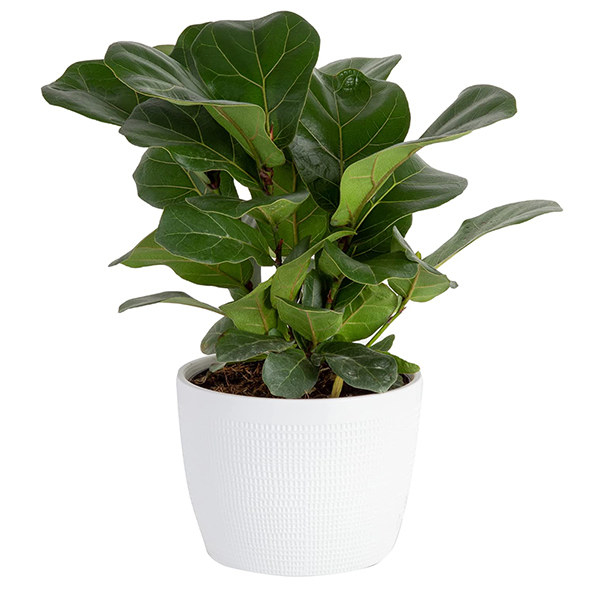
OK, I know this one is controversial because many beginner plant parents find fiddle-leaf figs, or Ficus lyrata, to be quite temperamental. However, they're still a popular and trendy houseplant that’s worth a shot.
Honestly, I think most people who have trouble with these are paying too much attention to them when they’re actually fairly self-sufficient. They need some bright indirect sunlight and a bit of water when the top few inches of soil dry out, which should only be about once a week if not less. I got one last fall, and while the growth has been slow, I’ve managed to keep it alive without much thought, which really means that anyone can do it.
Promising review: “These are not easy to find everywhere. I wanted a fig because they are fairly hearty, grow quickly and are attractive. This plant was very well packaged and in great shape when it arrived.” —Donna
You can buy a fiddle-leaf fig from Amazon for around $36.
